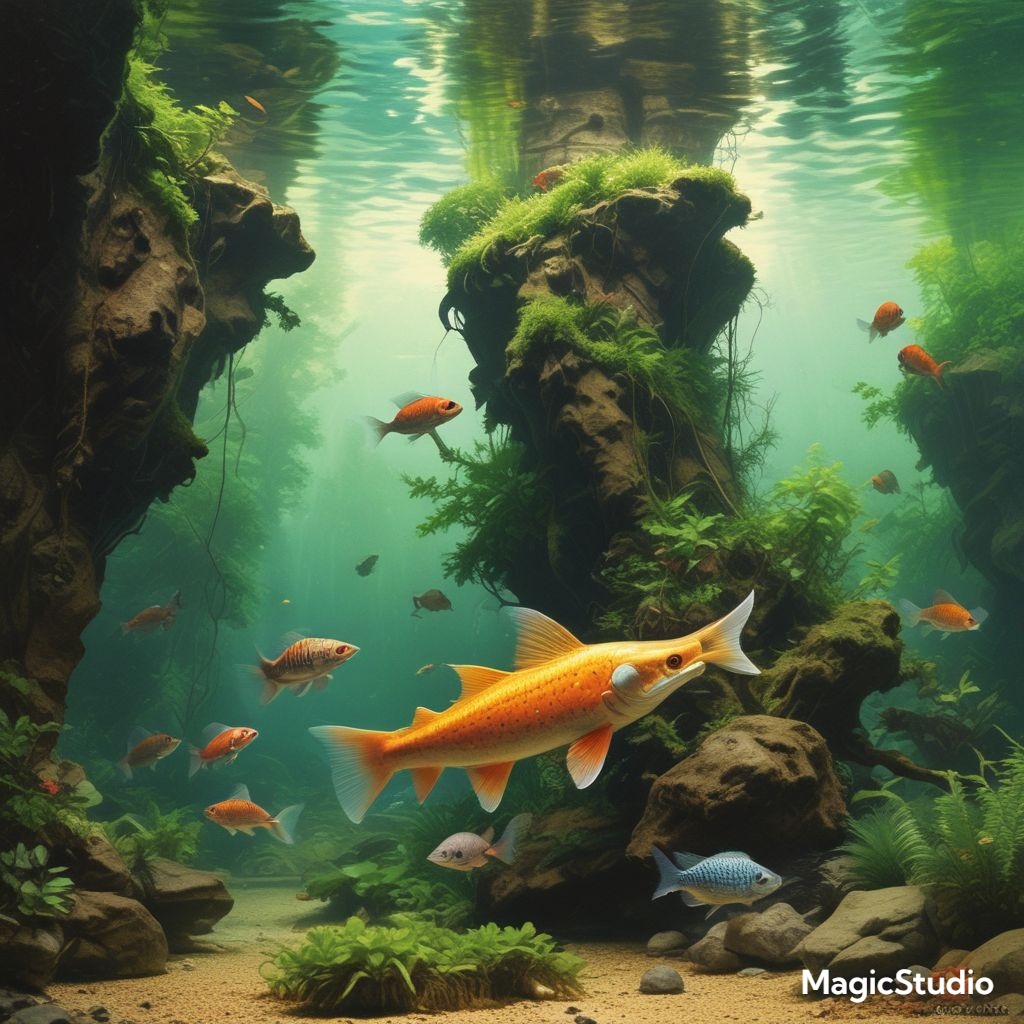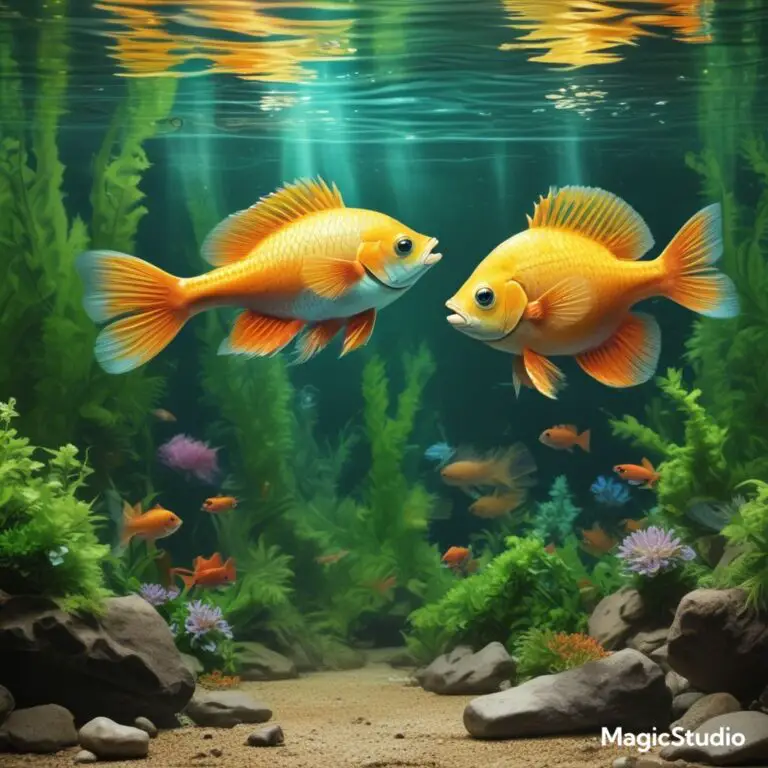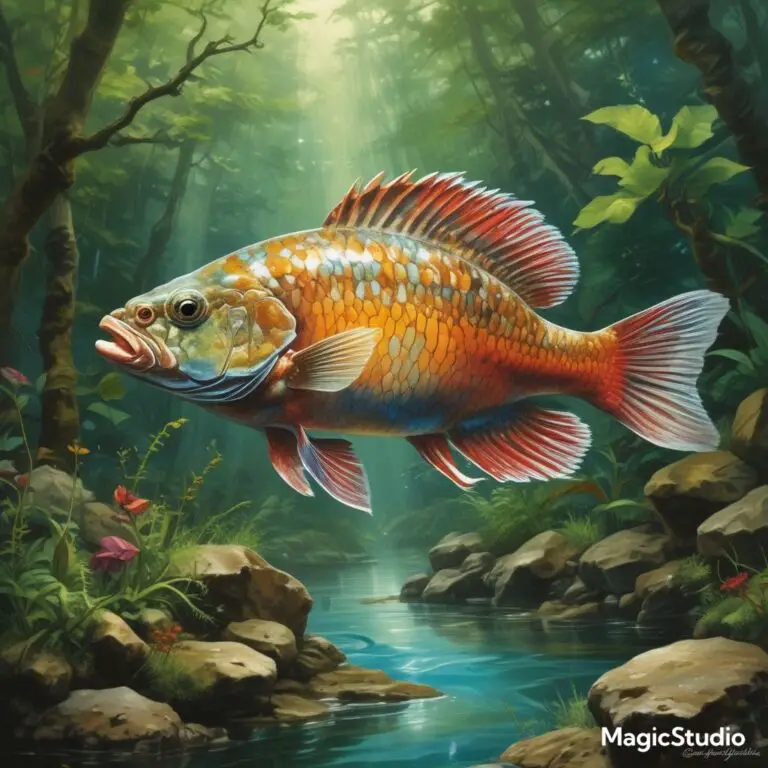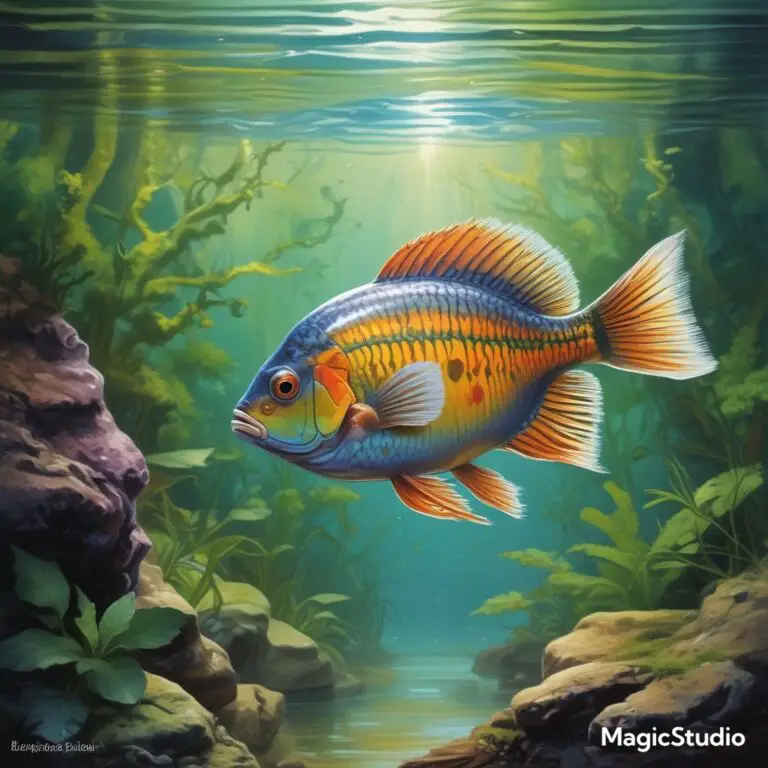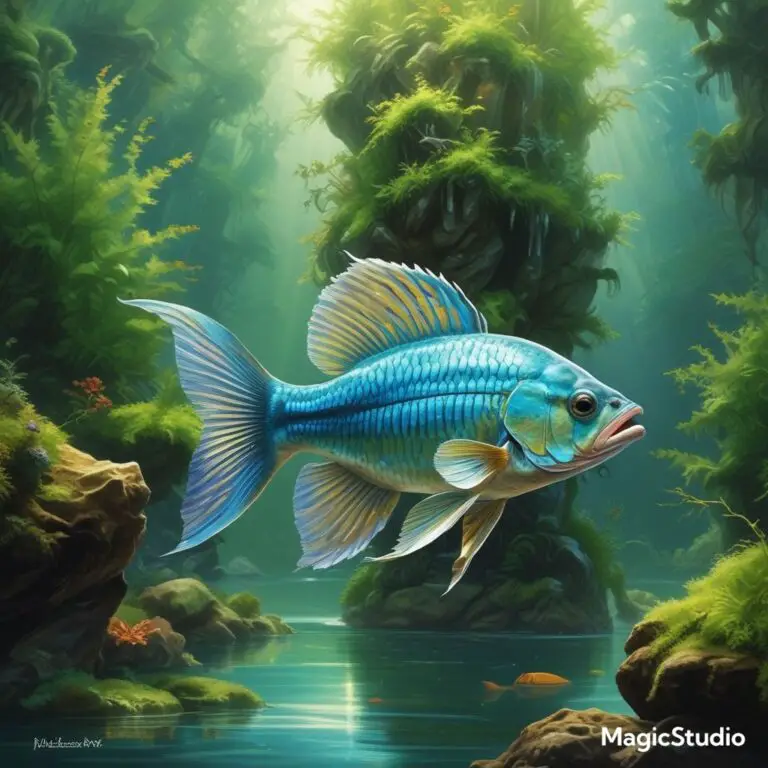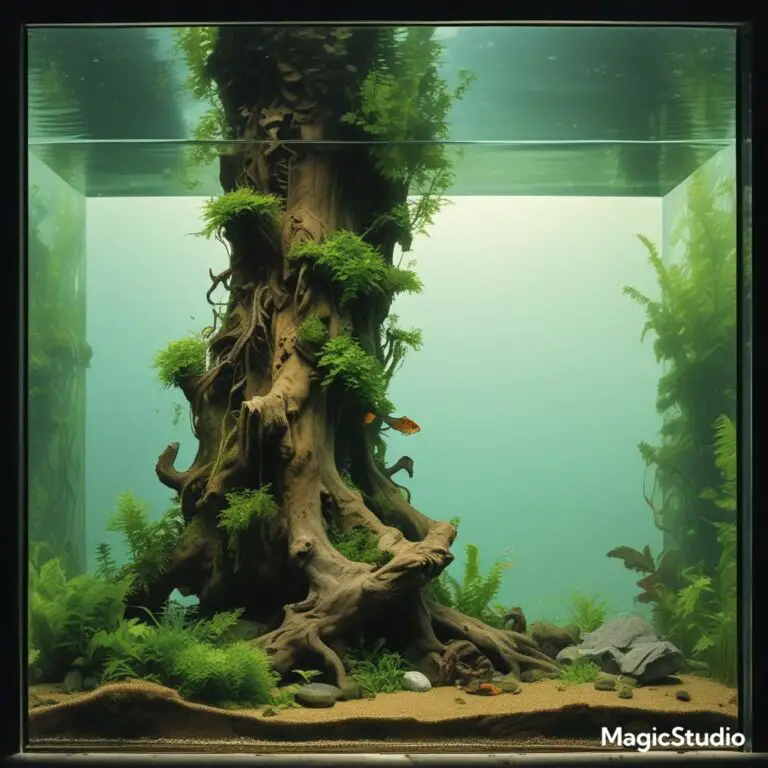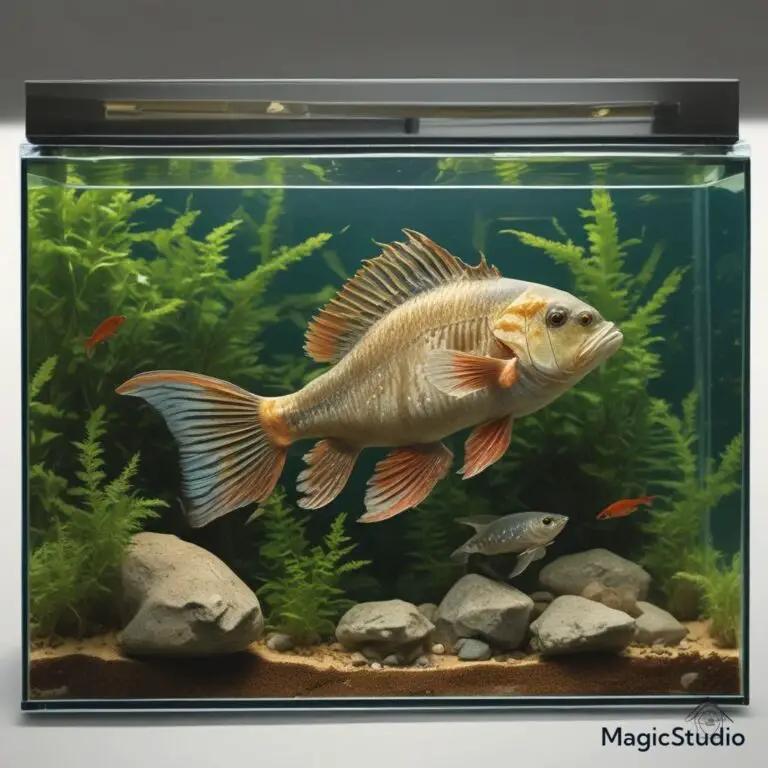Choosing Freshwater Fish for Planted Tanks: Tips for Perfect Aquascapes
Choosing Freshwater Fish for Planted Tanks: Tips for Perfect Aquascapes
Creating a breathtaking planted tank involves much more than just selecting beautiful plants and arranging them meticulously. The right choice of freshwater fish can make or break your aquascape, adding vibrant colors, movement, and balance. In this guide on Choosing Freshwater Fish for Planted Tanks: Tips for Perfect Aquascapes, we’ll dive into essential tips and considerations to help you select the best fish for a thriving and visually stunning aquarium.
1. Match Fish Size to Tank Size
Selecting the right fish size is crucial for maintaining balance in your tank. Ensure that the fish you choose are suitable for the size of your aquarium to avoid overcrowding and stress.
Tips:
- Small Tanks (Up to 20 gallons): Go for smaller fish like Neon Tetras or Pygmy Corydoras. They are perfect for smaller spaces and won’t overwhelm the tank.
- Medium to Large Tanks (20 gallons and above): Consider species like Dwarf Gouramis or schools of Cardinal Tetras. These fish add dynamic movement and can thrive in larger setups.
2. Choose Fish That Complement Your Plants
Different fish interact with plants in various ways. Some fish nibble on plants, while others might uproot them or create disturbances. Opt for fish that will thrive in a planted tank without damaging your green landscape.
Plant-Friendly Fish:
- Neon Tetras: These fish are generally gentle with plants and enhance the beauty of a densely planted tank.
- Otocinclus Catfish: Excellent for keeping algae under control without disturbing your plants.
Fish to Avoid:
- Goldfish: Known for uprooting plants and nibbling on them.
- Certain Cichlids: May dig into the substrate, potentially uprooting plants.
3. Consider the Behavior and Temperament of Fish
The behavior of your fish plays a significant role in the overall harmony of your aquascape. Some fish are more active and social, while others are territorial or solitary.
Behavioral Tips:
- Schooling Fish: Fish like Guppies and Harlequin Rasboras add movement and visual interest as they swim in groups.
- Territorial Fish: Be cautious with species that might exhibit aggressive behavior, such as some Cichlids, especially in smaller tanks.
4. Ensure Compatibility with Water Parameters
Different fish species have specific needs regarding water parameters such as pH, temperature, and hardness. It’s essential to select fish that can thrive in the water conditions you maintain in your planted tank.
Water Parameter Tips:
- pH and Temperature Matching: For instance, Cherry Barbs prefer slightly acidic to neutral water and temperatures ranging from 73–80°F.
- Regular Monitoring: Regularly check and adjust your water parameters to keep them within the ideal range for your chosen fish.
5. Optimize Lighting for Plants and Fish
Lighting not only affects plant growth but also impacts the appearance of your fish. Balanced lighting enhances the colors of both plants and fish, creating a more vibrant and visually appealing tank.
Lighting Tips:
- Balanced Spectrum: Use lighting that supports plant health and enhances the natural colors of your fish.
- Avoid Overlighting: Too much light can lead to excessive algae growth, which can affect both plants and fish.
6. Plan for Fish Growth and Behavior Changes
As your fish grow and your tank matures, their needs and behaviors may evolve. Choose fish that will remain compatible with your setup as it changes, and be prepared to adjust your aquascape as necessary.
Growth Planning Tips:
- Future-Proofing: Select fish that won’t outgrow your tank too quickly and can adapt to changing conditions.
- Ongoing Maintenance: Regularly assess and modify your aquascape to accommodate the growth of plants and changes in fish behavior.
7. Enhance the Aesthetic with Complementary Fish
Select fish that will enhance the overall design of your planted tank. Consider how their colors, patterns, and movements will complement the plants, rocks, and other decorations.
Aesthetic Tips:
- Color Coordination: Choose fish whose colors contrast or harmonize with the plants and substrates in your tank.
- Movement and Placement: Arrange fish in ways that highlight different areas of your tank and add visual interest.
8. Research and Ensure Fish Compatibility
Before introducing new fish to your tank, research their compatibility with existing species. Avoid adding fish that may conflict with the current inhabitants or disrupt the tank’s balance.
Compatibility Tips:
- Peaceful Species: Opt for fish known to get along well with others, such as Corydoras or Rasboras.
- Avoid Aggressive Species: Steer clear of fish that may display aggression or territorial behavior, particularly in smaller tanks.
